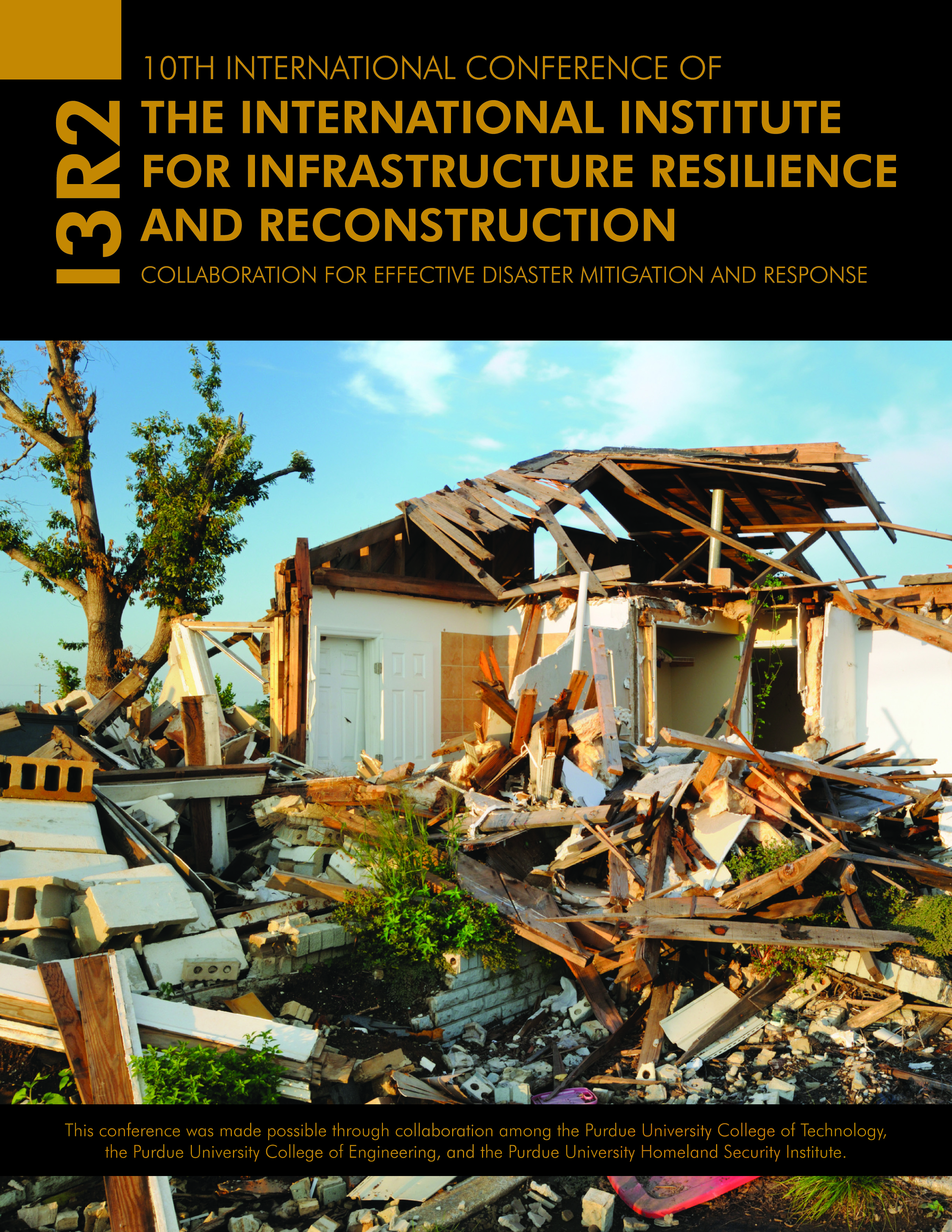Abstract
Tornadoes are a destructive form of the extreme weather associated with thunderstorms. Canada gets more tornadoes than any other country with the exception of the US. This paper presents some results of a study on tornado mitigation in the Canadian Prairie region. Initially, a regression-based analysis of the Prairie tornado database was conducted, and the trend for the number of tornadoes reported in each year is discussed in this paper. The detection, warning, communication, and evacuation stages at the pretouchdown phase of a tornado were analyzed and compared with the US system to recognize the key areas that need to be improved. The factors influencing the evacuation decisions of households and drivers are also discussed based on a stated preference survey. False warning and missed event data in the Prairies were also analyzed, and suggestions to improve the warning performance are provided. Based on the overall study, this paper makes recommendations to assist stakeholders in improving the existing system to detect, warn, and communicate tornado warnings to the public as well as improving their evacuation responses.
Keywords
disaster mitigation, tornadoes, Canada
DOI
10.5703/1288284315358
Recommended Citation
Durage, S., Wirasinghe, S. C., Ruwanpura, J., & Kattan, L. (2014). Tornado Mitigation in the Canadian Prairie Region. In Randy R. Rapp & William Harland (Eds.), The Proceedings of the 10th International Conference of the International Institute for Infrastructure Resilience and Reconstruction (I3R2) 20-22 May 2014. (49-55). West Lafayette, Indiana: Purdue University.
Tornado Mitigation in the Canadian Prairie Region
Tornadoes are a destructive form of the extreme weather associated with thunderstorms. Canada gets more tornadoes than any other country with the exception of the US. This paper presents some results of a study on tornado mitigation in the Canadian Prairie region. Initially, a regression-based analysis of the Prairie tornado database was conducted, and the trend for the number of tornadoes reported in each year is discussed in this paper. The detection, warning, communication, and evacuation stages at the pretouchdown phase of a tornado were analyzed and compared with the US system to recognize the key areas that need to be improved. The factors influencing the evacuation decisions of households and drivers are also discussed based on a stated preference survey. False warning and missed event data in the Prairies were also analyzed, and suggestions to improve the warning performance are provided. Based on the overall study, this paper makes recommendations to assist stakeholders in improving the existing system to detect, warn, and communicate tornado warnings to the public as well as improving their evacuation responses.



